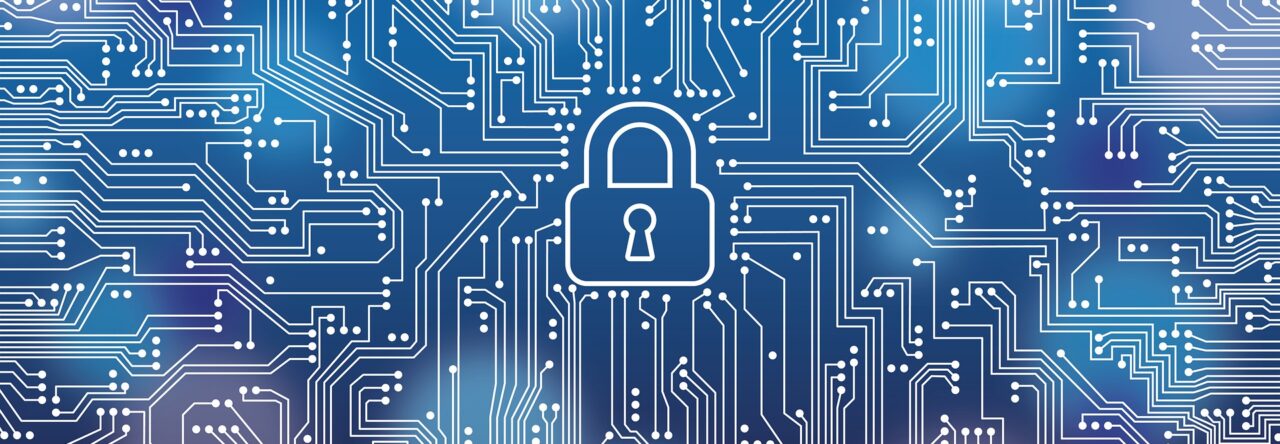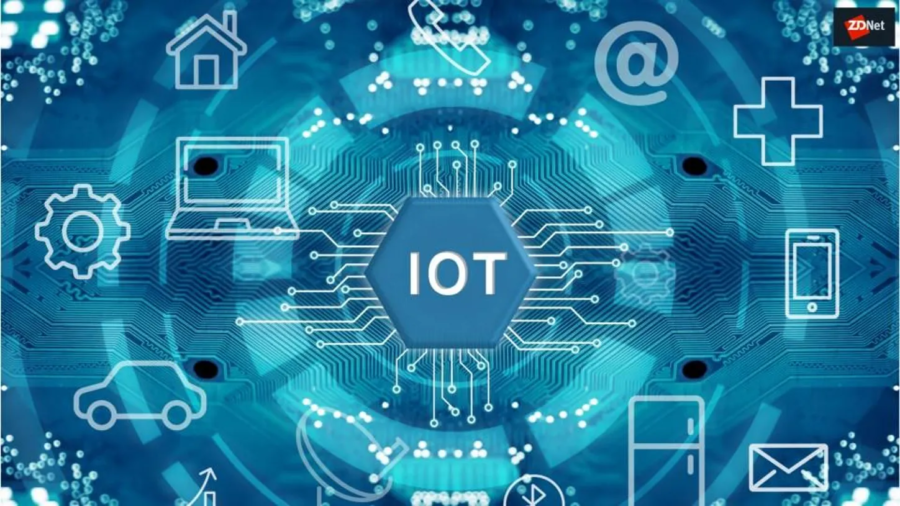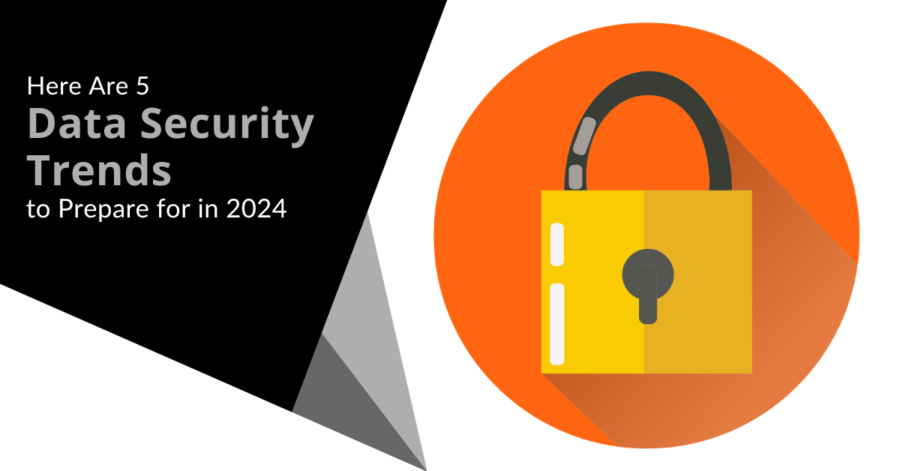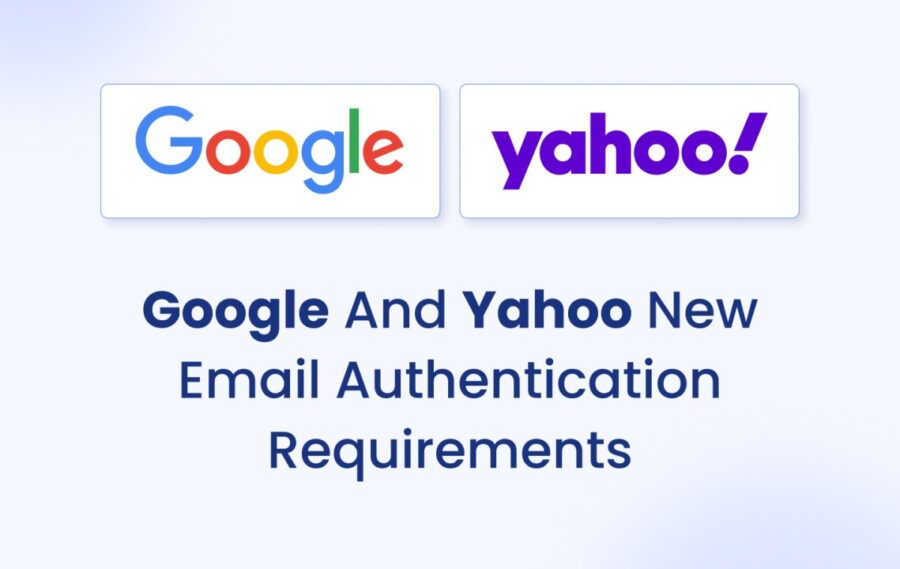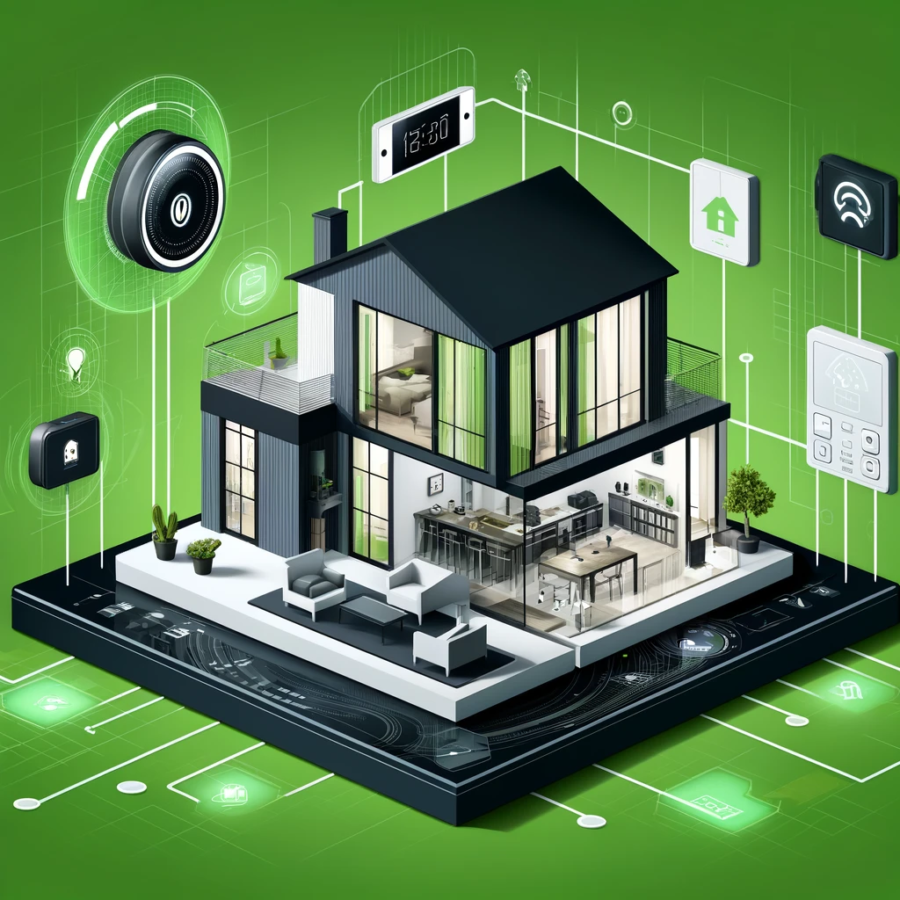Is your smart home turning into a smart mess? Do your smart office devices speak different languages? You’re not alone. The current smart home and office technology landscape is riddled with incompatibility issues. This forces you to juggle several apps and deal with frustrating setup processes.
Smart home adoption is skyrocketing. Experts expect household penetration to be 18.9% in 2024. By 2028, that number nearly doubles to 33.2%. But these devices are not only becoming home standards. Smart speakers, sensors, and more are increasingly in use by businesses.
But fear not, there’s a light at the end of the tunnel. A new standard called Matter is here to unify the smart tech world. As a homeowner or business owner invested in smart technology, “Matter” matters. Let’s break down what this means for you.
The Smart Home Struggle is Real: A Tower of Babel
Imagine this: you buy a fancy new smart lock. Then you discover it doesn’t work with your existing smart light bulbs. Or you try to create automated routines in your office. But your devices can’t seem to communicate with each other. This is the reality for many smart home and office owners today.
The culprit? A lack of a universal standard. Different brands use different protocols, creating a fragmented mess. There’s Alexa, Google Assistant, Siri, and others – each with its pros and cons. But not exactly working seamlessly together.
This translates to:
- Limited Functionality: Your devices might not work together as planned. This can hinder the potential for true automation.
- Setup Headaches: Connecting and configuring a multi-brand smart system can be complex. You may end up with a time-consuming nightmare.
- App Overload: Juggling several apps for different devices is a recipe for frustration.
Matter to the Rescue: The Unifying Force
Matter is a standardized language for smart devices. It was developed by a group of leading tech companies in the smart home space. This standard helps ensure smart devices can all communicate, regardless of brand.
Here’s how Matter benefits you.
Goodbye, Compatibility Issues
Matter-certified devices will work together flawlessly. This means your smart lights will finally talk to your smart lock. Your office thermostat can play nice with your security system.
Hello, Easy Setup
Setting up new devices becomes a breeze. No more deciphering complex protocols or struggling with different apps.
Peace of Mind with Security
Matter prioritizes strong encryption and device authentication. This keeps your smart home or office safe from potential security threats. This is an important consideration when choosing smart home tech. Not all manufacturers place security first. Just looking for “Matter-certified” on a label makes it easier to choose wisely.
Future-Proof Technology
Matter is designed to adapt and evolve. This ensures compatibility with new devices and technologies as they emerge. You don’t find your tech “aging out” of an entire smart hub system.
What Matter Means for Your Smart Space
As Matter adoption increases, you can expect:
- More Choices: A wider range of Matter-certified devices will hit the market. This allows you to pick the best options for your needs. And not have to worry about brand compatibility.
- Simplified Management: Imagine controlling your smart home or office from a single app. Matter makes this dream a reality.
- Enhanced Security: Robust security features built into Matter provide peace of mind. You can have confidence your connected space is protected.
Embrace the Future of Smart: How to Get Ready for Matter
The Matter revolution is underway, but it’s still early days. Here’s how you can prepare:
- Stay Informed: Keep an eye out for Matter updates and announcements. This can help you learn which devices are becoming Matter-certified.
- Invest Wisely: Consider opting for Matter-certified devices when replacing existing ones. Or when adding new features to your smart space.
- Be Open to Change: Prepare to embrace Matter-based solutions. Especially as Matter becomes more widespread. This helps you build a more unified and convenient smart home or office experience.
Matter is a game-changer for smart technology users. It paves the way for a more intuitive and user-friendly experience. This allows you to focus on the real benefits of smart tech. These include convenience, efficiency, and comfort.
So, ditch the app overload and say goodbye to compatibility woes. Unified is the future of smart homes and offices, and Matter is leading the charge!
Improve Your Smart Home/Office Setup & Security!
Is your smart home or office giving you what you need? Is it letting hackers into your network without your knowledge?
Get some relief! Our smart tech experts can help you with a unified setup. We can also ensure that your devices and network are fully secured.
Contact us today to schedule a chat.
—
This Article has been Republished with Permission from The Technology Press.

